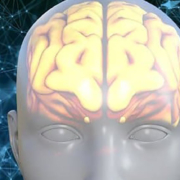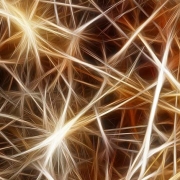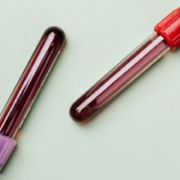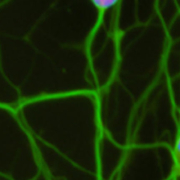ALS therapy should target brain, not just spine
The brain is indeed a target for treating ALS (amyotrophic lateral sclerosis), Northwestern Medicine scientists have discovered. This flips a long-standing belief that the disease starts in the spinal motor neurons and any therapy would need to target the spine as the key focus.
A new Northwestern study shows the degeneration of brain motor neurons (the nerve cells in the brain that control movement of the limbs) is not merely a byproduct of the spinal motor neuron degeneration, as had been previously thought. The study was conducted in two mouse models of ALS that represent 90% of all ALS pathologies.
ALS is a swift and fatal neurodegenerative disease that paralyzes its victims.
Upper motor neuron diseases, such as ALS, hereditary spastic paraplegia and primary lateral sclerosis affect more than 250,000 people a year in the U.S. alone. There is no cure and no effective long-term treatment strategy.
This is the first study to clearly reveal the brain motor neuron degeneration is not a consequence of spinal motor neuron degeneration but is independent of the spinal motor neuron degeneration.
The research also is the first to show that the gene UCHL1 is important for maintaining the health of brain motor neurons that are diseased due to two independent underlying causes. One is the accumulation of badly folded proteins and the other is the accumulation of sticky protein clumps inside the cells. These problems are observed in more than 90% of all ALS cases and also in other cases of upper motor neuron diseases.
Northwestern University scientists have previously identified NU-9, the first experimental compound that eliminates the ongoing degeneration of upper motor neurons that become diseased and are a key contributor to ALS. Now, this study reveals the importance and significance of treating upper motor neurons in ALS and identifies the first genetic target.
The next step is to determine the best dose and the best site of injection with respect to improvement of movement and reduction of disease conditions in at least two different ALS disease models. After preclinical toxicology studies, scientists will move to translate these results into a clinical trial, a process that likely will take several years.
The paper was published Dec. 2 in Nature Gene Therapy.
Release date: 03 December 2021
Source: Northwestern University









